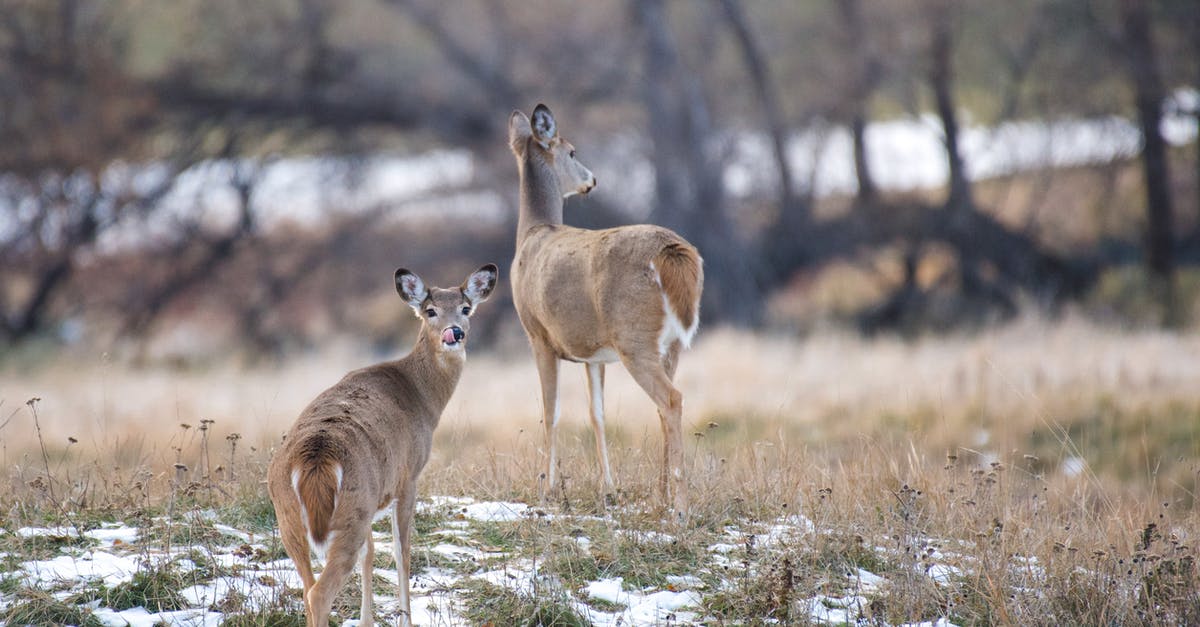Why does Conan refer to Valhalla?

In the 1982 film Conan the Barbarian, Conan tells his friend Subotai, when they are talking about their respective gods, that if he (Conan) dies, he will find himself standing before Crom and will be asked by Crom if he has learned the riddle of steel. If he does not know it Crom will laugh at him and cast him out of Valhalla. I believe Valhalla was from Norse mythology and I have read some of the original Conan stories by Robert E. Howard and I don't remember any references to Valhalla. Was this an invention of screenwriter Oliver Stone? Did Robert E. Howard ever describe Conan's religion and did he mix it up with Viking beliefs?
Best Answer
It was definitely contrary to Robert Howard's Conan canon - as per "Queen of the Black Coast", Conan himself knew the difference between Crom and Norse gods (called Nordheimer's in-universe) and it's the latter that have Valhalla.
(in response to "What do you believe, Conan?") He shrugged his shoulders. "I have known many gods. He who denies them is as blind as he who trusts them too deeply. I seek not beyond death. It may be the blackness averred by the Nemedian skeptics, or Crom's realm of ice and cloud, or the snowy plains and vaulted halls of the Nordheimer's Valhalla.
This is extra relevant because that story was a big influence on the movie (including Bêlit being an influence on Valeria).
There's no direct in-universe explanation for why he used the wrong term in the movie, but there are 2 plausible reasons:
In-universe, Conan generally could care less about gods and stuff. So it's in-character for him to not care too much about finer theological details.
"Crom! I have never prayed to you before. I have no tongue for it" ... "then to hell with you" ("Conan the barbarian" film)
"I know not, nor do I care. Let me live deep while I live; let me know the rich juices of red meat and stinging wine on my palate, the hot embrace of white arms, the mad exultation of battle when the blue blades flame and crimson, and I am content. Let teachers and priests and philosophers brood over questions of reality and illusion. ..."
"Queen of the Black Coast"No proof of it, but the scriptwriters probably figured out that it would sound cool and exotic, yet familiar to moviegoing audiences.
As you see in the quote above, he also uses the word "hell" despite it being specific to Christianity.
Ironically, that now seems to be in-universe with the franchise creators. From article about "Legend of Conan":
Discussing the project with the site, producer Fredrik Malmberg, who is producing the new movie and owns the rights to Conan through his Paradox Entertainment banner, said, "The original ended with Arnold on the throne as a seasoned warrior, and this is the take of the film we will make. It’s that Nordic Viking mythic guy who has played the role of king, warrior, soldier and mercenary, and who has bedded more women than anyone, nearing the last cycle of his life. He knows he’ll be going to Valhalla, and wants to go out with a good battle."
Pictures about "Why does Conan refer to Valhalla?"



Is Conan a Viking?
Conan is a Cimmerian. The writings of Robert E. Howard (particularly his essay "The Hyborian Age") suggests that his Cimmerians are based on the Celts or perhaps the historic Cimmerians. Conan was born on a battlefield and is the son of a village blacksmith.What does halls of Valhalla mean?
1 : the great hall in Norse mythology where heroes slain in battle are received. 2 : a place of honor, glory, or happiness : heaven an academic's Valhalla.Is there really a Valhalla?
Valhalla is Heaven, but Not for All Vikings Valhalla is widely perceived (somewhat correctly) as the final resting place for Viking warriors killed on the battlefield. As described by Old Norse sagas and texts, Valhalla is a realm of the Norse afterlife that Vikings aspired in life to enter upon their death.Where is Valhalla or what is it?
In Norse mythology, Valhalla (/v\xe6l\u02c8h\xe6l\u0259, v\u0251\u02d0l\u02c8h\u0251\u02d0l\u0259/; from Old Norse: Valh\u01ebll "hall of the slain") is a majestic, enormous hall located in Asgard, ruled over by the god Odin.Assassin's Creed Valhalla - A Theory That Could Explain It All (Canon Characters, Let Animus Choose)
More answers regarding why does Conan refer to Valhalla?
Answer 2
I'm currently reading through the Complete Chronicles of Conan myself. I'm not finished all of them yet, but I haven't seen any references to Valhalla or any other Norse mythology as yet. What Conan has said about his own religion has been entirely original, as far as I can tell. Crom is some sort of vengeful god who lives underneath a large mountain, and I gather that the afterlife Cimmerians expect to go to is also underground. Crom does seem to respect those who win glory in battle and die valiantly (which seems Norse-mythology-ish to me), and Cimmeria is to the north of most other nations, so I'm guessing that's why the director and/or writers of the movie drew connections with Norse mythology.
That being said, Conan (and several other characters) do make reference to "the devil" in a manner similar to Christian use. They've never used names like "Satan" or any other explicit Christian names, only "the devil," so it could reasonably be argued that he's referencing some other kind of devil that is a part of the in-universe religions.
An example:
A peculiar prickling made itself manifest among the short hairs at the base of Conan's scalp.
"Muriela!" he shouted suddenly. "Muriela! Where the devil are you?"
- Jewels of Gwahlur, chapter 3
It could also be reasoned that this was simply how people spoke in the time when Howard was writing, and so he didn't think much of including this sort of dialogue.
Sources: Stack Exchange - This article follows the attribution requirements of Stack Exchange and is licensed under CC BY-SA 3.0.
Images: Andrew Patrick, cottonbro, Engin Akyurt, Jim Fawns
